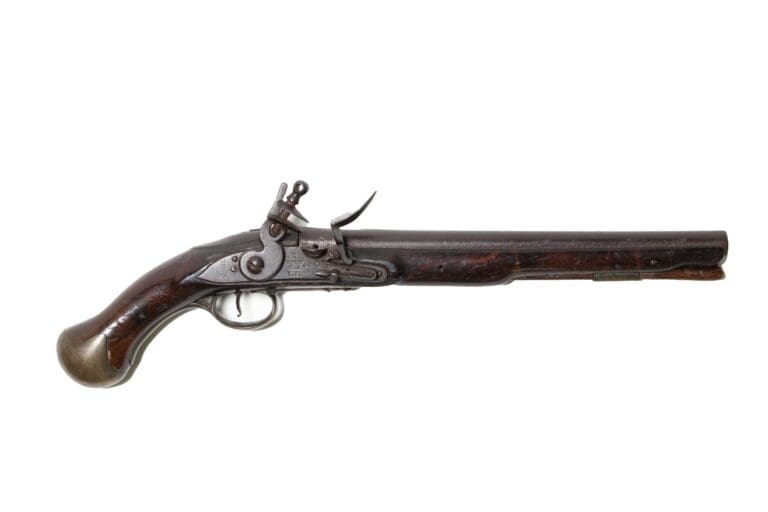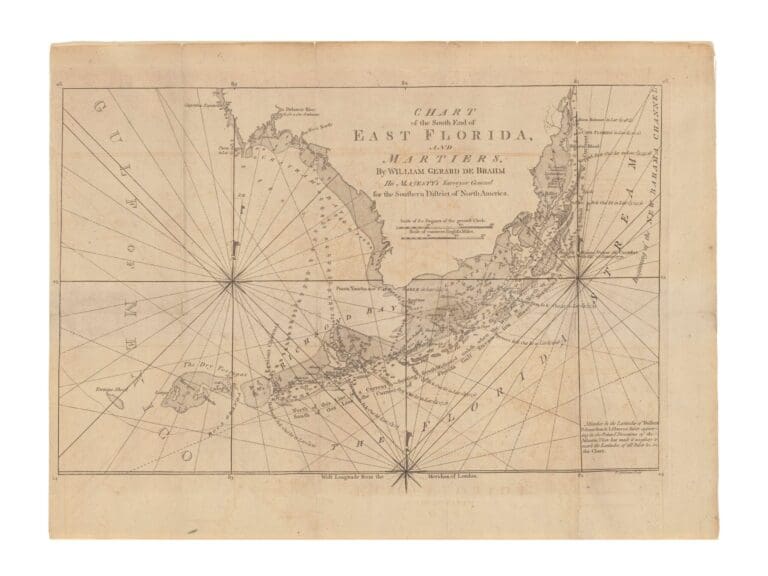British Hand Carved Powder Horn
A British soldier engraved scenes from St. Augustine on this powderhorn during the British Period. A military barracks, Fort Saint Mark (formerly the Castillo de San Marcos), and structures along the waterfront, some of which still stand today, are engraved on the horn.
Object Courtesy of J. Thomas and Lavinia Witt Touchton
Scan Courtesy of Center for Digital Heritage and Geospatial Information, University of South Florida Libraries
Florida’s British Period (1763-1784) was short but influential. The British gained colonial control of Florida from the Spanish after the Seven Years’ War, and British aristocrats established large plantations along the St. Johns River. British officials also divided the colony into two parts: East and West Florida. Both colonies stayed loyal to the British crown during the American Revolution, with some colonists loyal to Britain relocating to the Floridas. Spain allied with the 13 rebellious colonies during the American Revolution and, after the war, regained colonial control of Florida, bringing the British Period to an end.
Three Fast Florida Facts
- Britain’s West Florida colony stretched all the way to the Mississippi River.
- During the American Revolution, the British military held prisoners of war from the, George Washington led, Continental Army in Fort Saint Mark (formerly the Castillo de San Marcos).
- Spain successfully attacked British Mobile, Pensacola, and other locales in West Florida during the war.



